When I was in Hamburg, Germany, in early March, 2019, my next destination was set to be Milan, Italy. Once I was in that area, I expected to make visits to a large number of World Heritage Sites, including some that were my most anticipated objectives. Only days later, the closure of Italy started off the chain reaction of chaos that would affect everyone for the next two years. Missing a few of the Italian Sites that I had intended to see was one of the more disappointing effects of the many changes I was forced to make to my original plans for the Tour. Therefore, once the Coda was underway, a stop in that country, essentially fully reopened at that time, seemed like it would be a very worthwhile addition to my itinerary. Initially, I was only going to stay there for a few days, but soon adopted the might as well do this right
philosophy, and decided on visiting three of the country’s most famous and popular cities and their surroundings.
For a long time, Italy and China have been in an undeclared competition to be the country possessing the most Sites on the World Heritage List, although recently Italy has pulled ahead with an astounding total of fifty-eight Sites, including some of the best that the List has to offer. As a relatively small country, in terms of area, that means that the density of Sites is higher there than probably anywhere else, making multiple visits reasonably convenient. I saw eleven Sites in eleven days, most definitely a personal record. While that was certainly gratifying, it was also somewhat exhausting. In fact, that feeling has not quite subsided yet, so, while I could write pages of text and post dozens of images for each of these Sites, brevity will have to be the rule of the day for this post.
Etruscan Necropolises of Cerveteri and Tarquinia. A short distance to the northwest of Rome, the pre-Roman Etruscan culture built two large Necropoli. That is actually the proper term, as these places were really cities of the dead
, with large tombs built and arranged in a manner that resembled a small town, and often with certain domestic characteristics in their interiors. This was a fun and interesting visit, and fairly distinct compared to the other Italian Sites I would see.
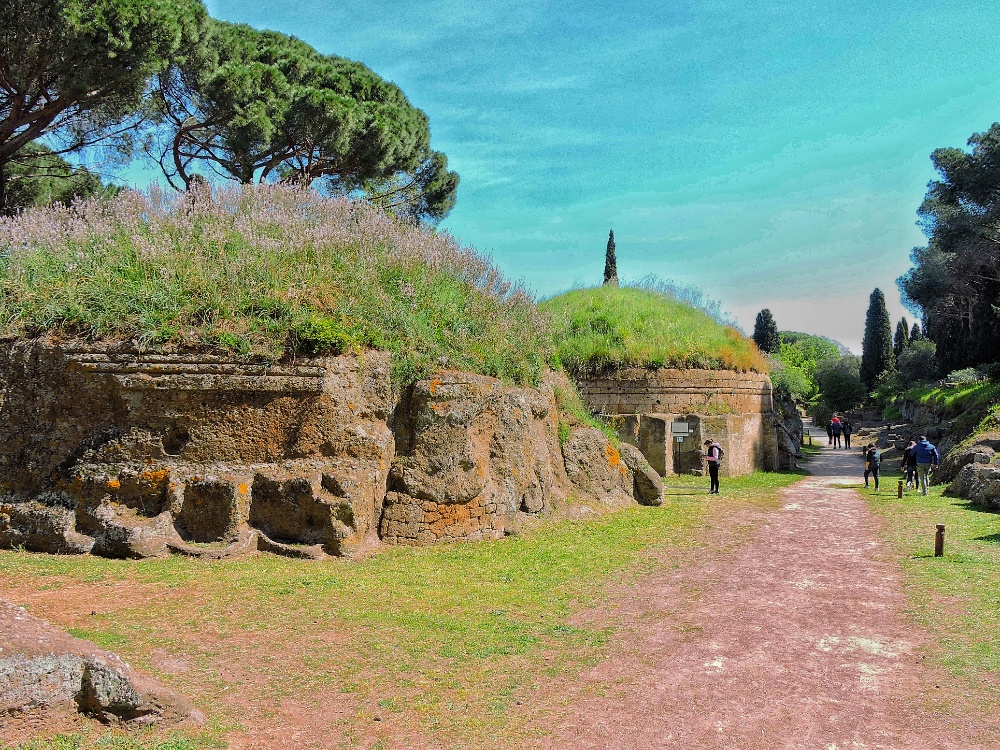
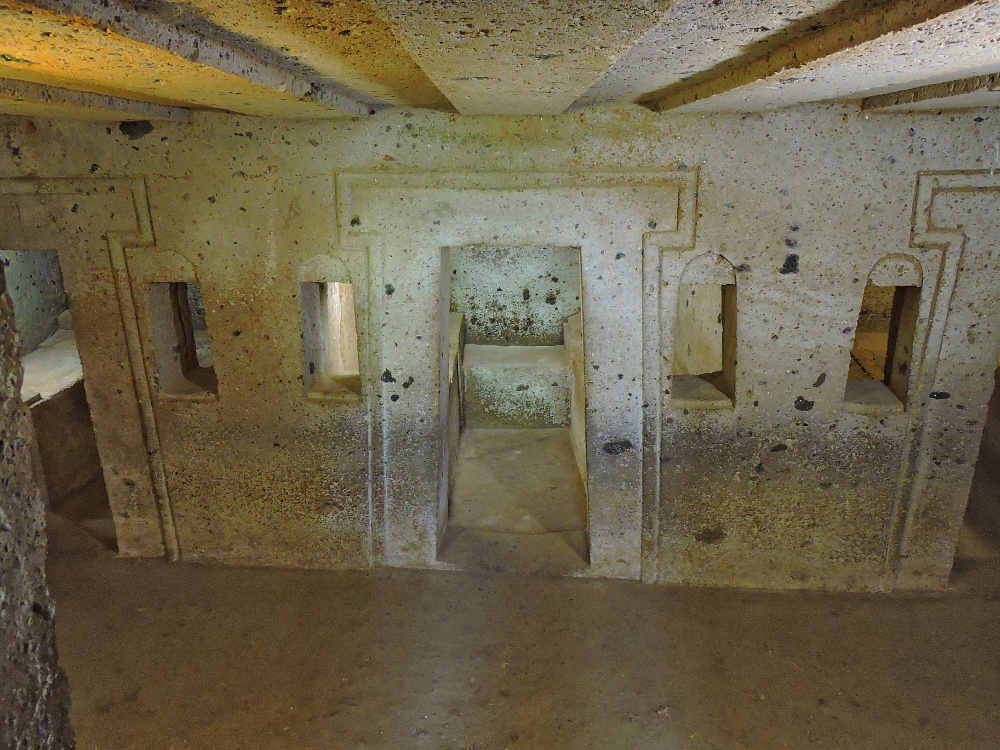
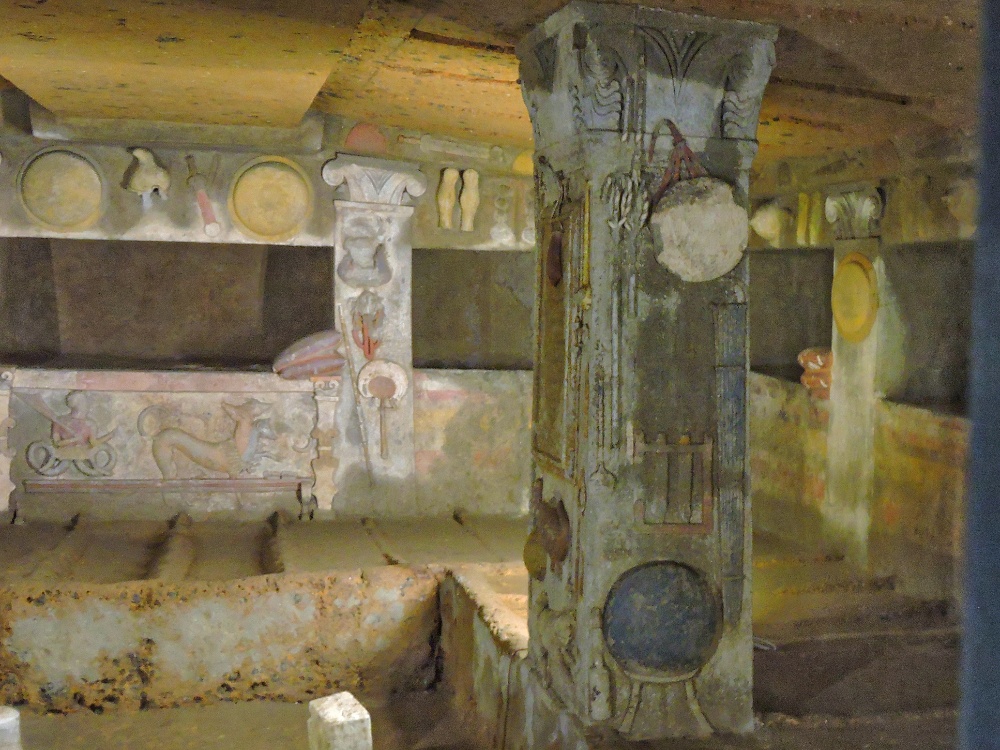
Rome. All of the interesting things to see in Rome are, of course, justifiably famous, and they are conveniently located in a fairly small area. On a beautiful spring day the crowds were out early, but it was not too difficult to see many impressive historical sites from Antiquity, the Renaissance, and Modern periods.
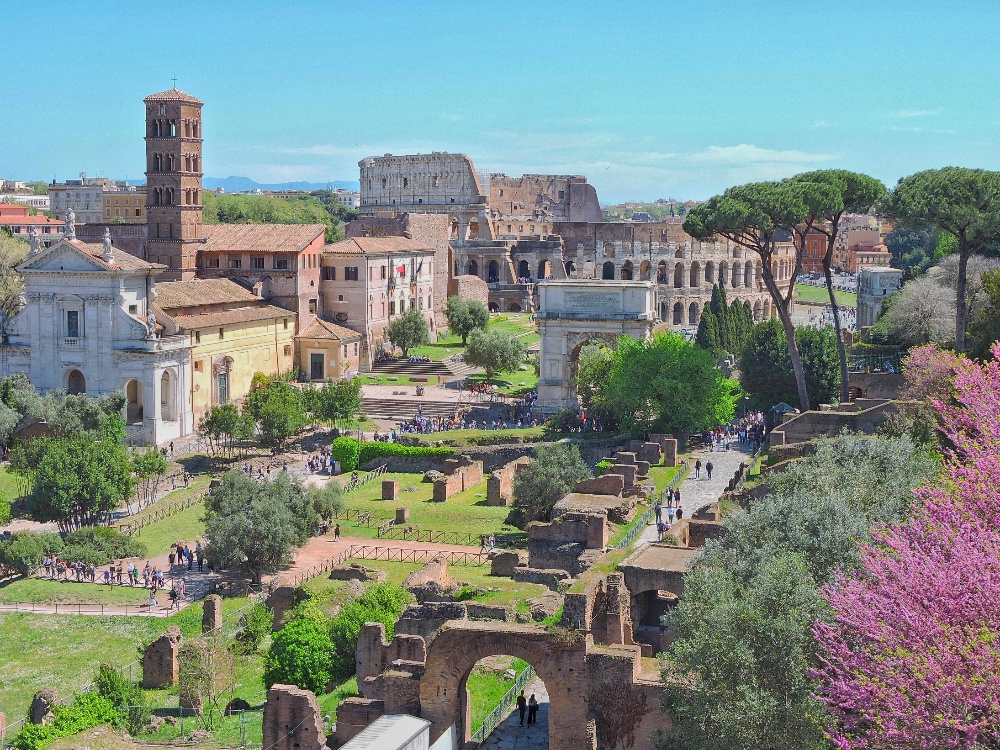
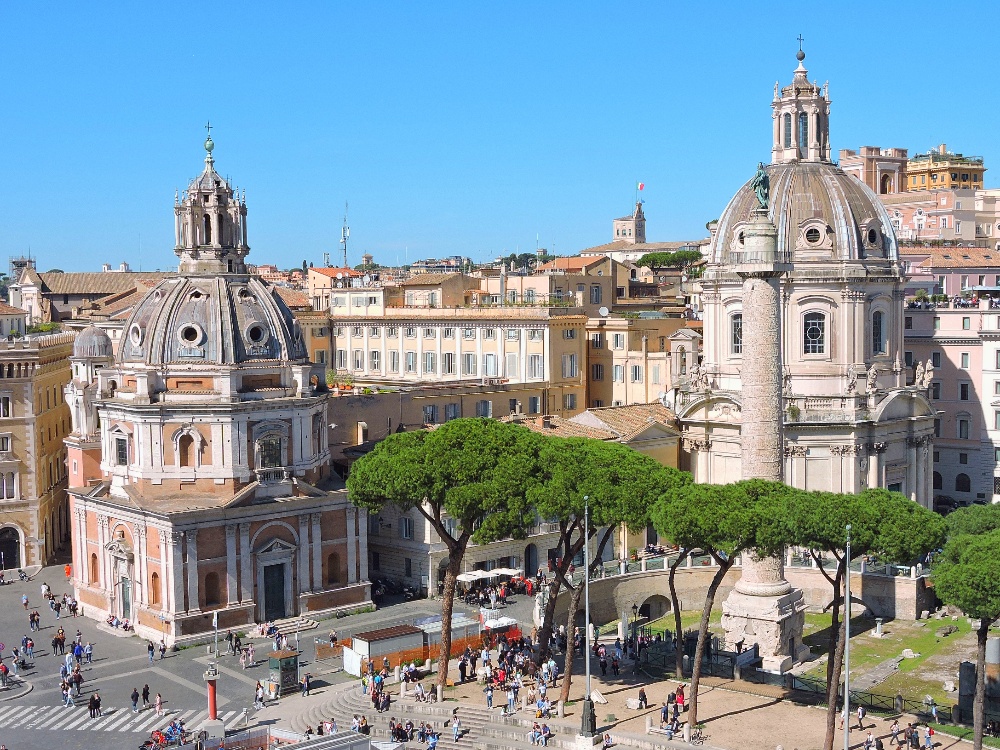
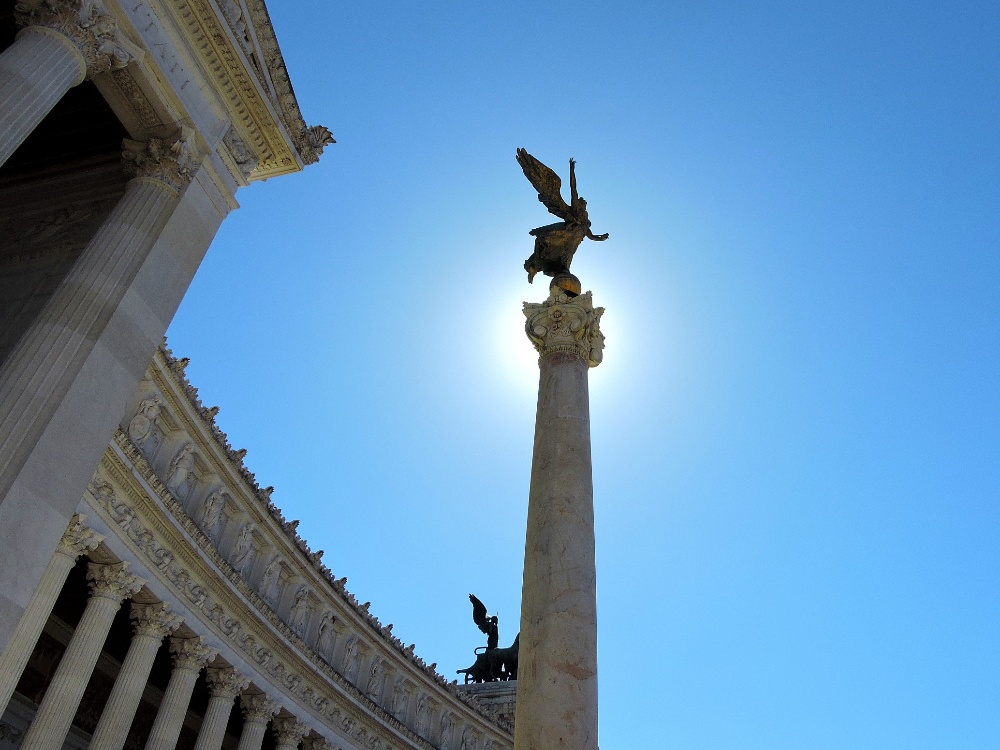
Villa Adriana. The small town of Tivoli, a short distance east of Rome, actually hosts two Sites. The first I saw was the ruins of Emperor Hadrian’s rural Villa. Today the Site is only a shadow of its former self, which in its day was a surprisingly large complex of residences and several bath houses. Nevertheless, it was quite interesting to see some of the advanced construction methods that had been used so long ago.
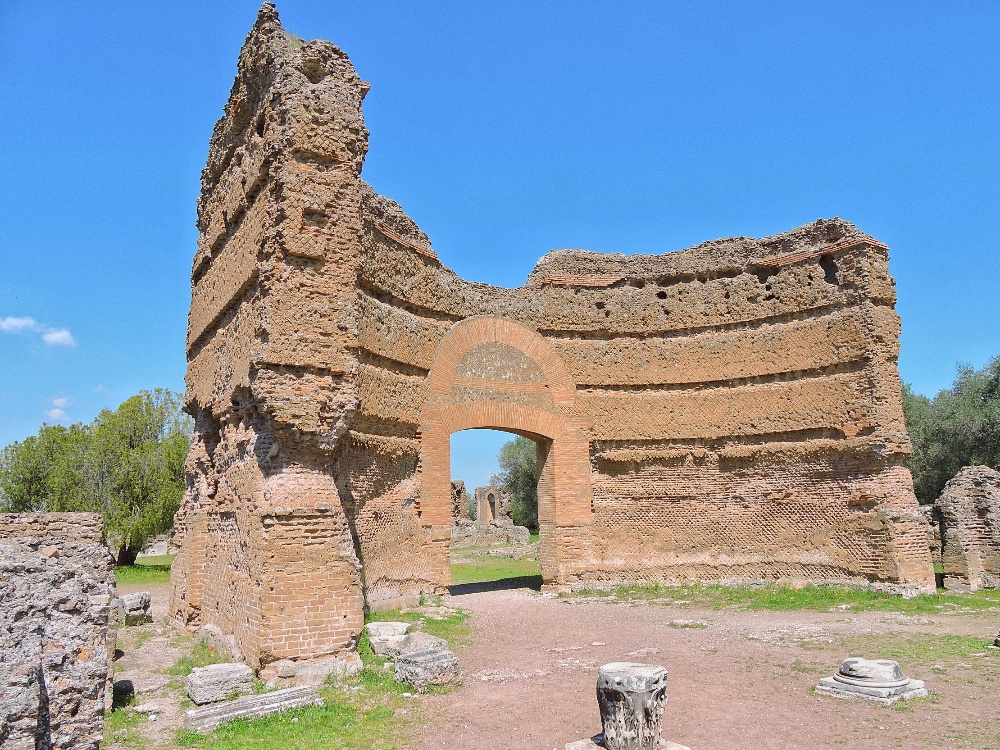
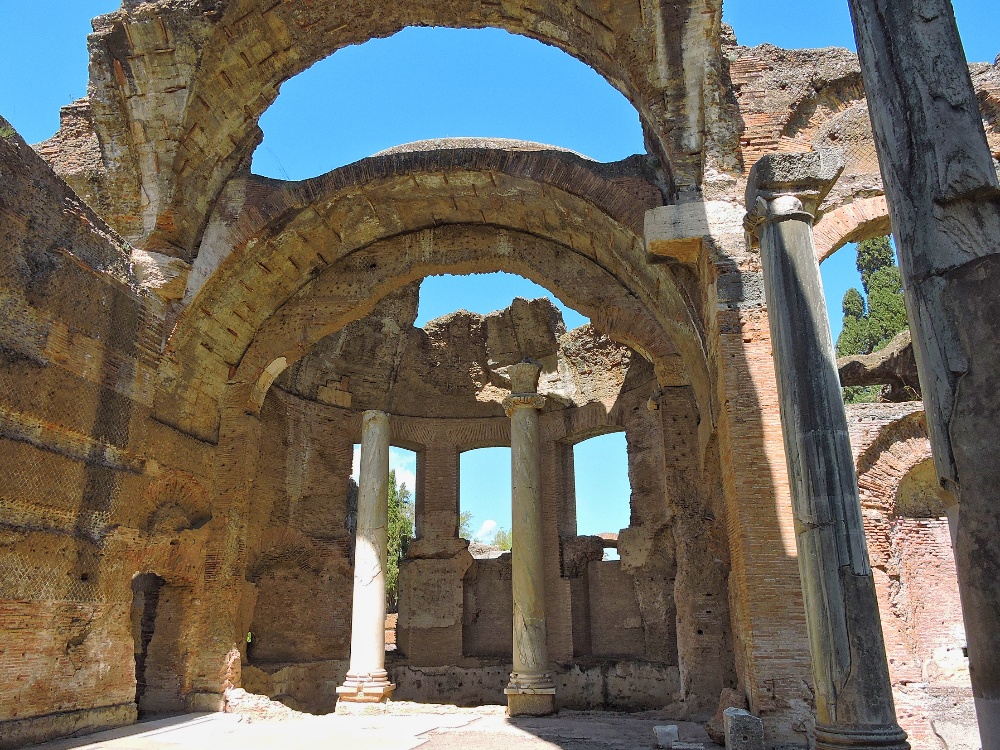
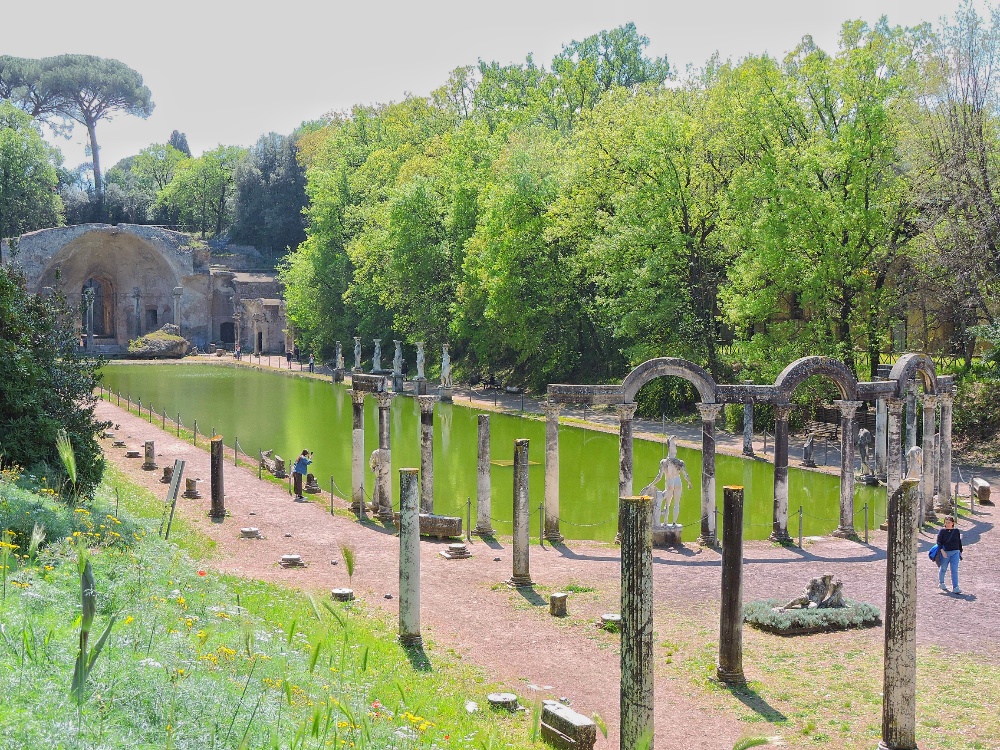
Villa d’Este. The second Site in Tivoli is a Villa that had been built by a Catholic Cardinal during the Renaissance, in part using marble and other materials that had been plundered from Villa Adriana. The Villa, itself, is nice, but not particularly distinctive, compared to other Italian buildings from that era. However, its gardens are exemplary, especially notable for their dozens of beautiful fountains and water features, which must have seemed even more impressive five hundred years ago.
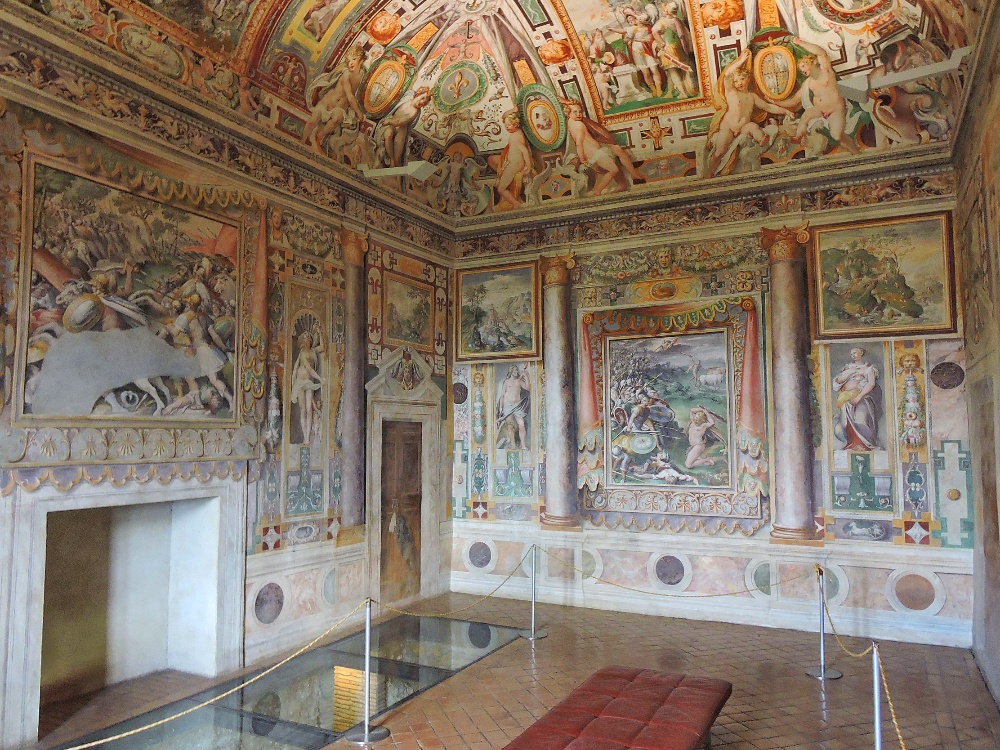
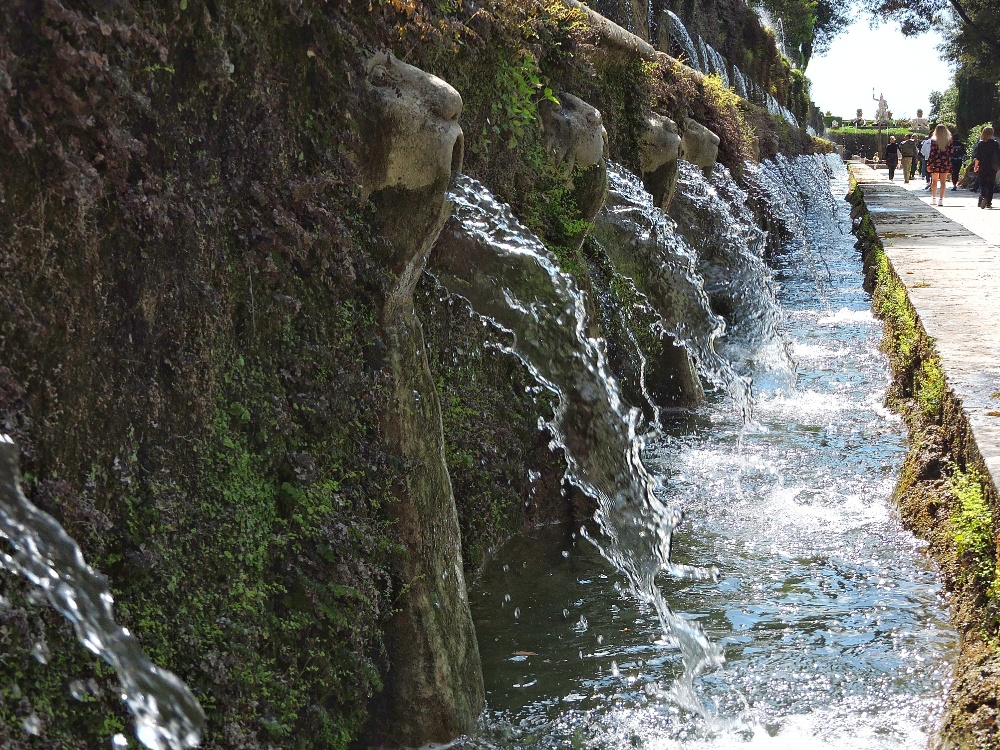
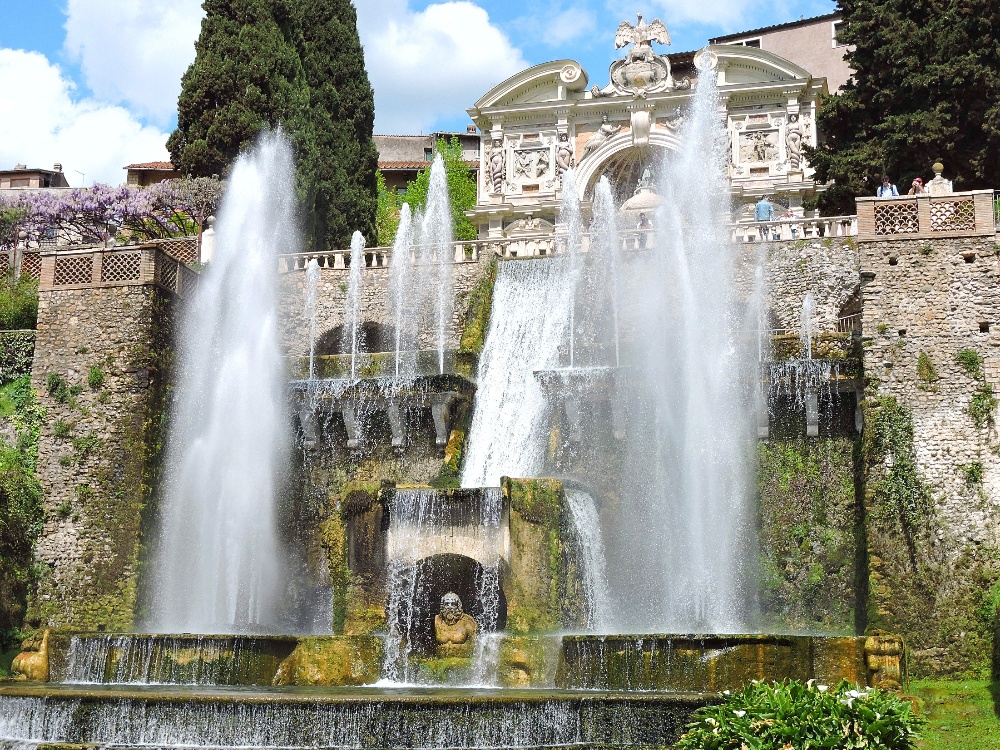
Vatican City. I arrived in Rome on Easter Sunday, so at the Vatican, technically in another country, the crowds were really off the charts, even a couple of days later when I stopped by. Consequently, I could only see Saint Peter’s Basilica from the outside. If you have ever seen any ancient Egyptian or Greek sculptures, and were slightly disappointed by their damaged condition, that is probably because all of the good examples have been taken away to the Vatican Museums.
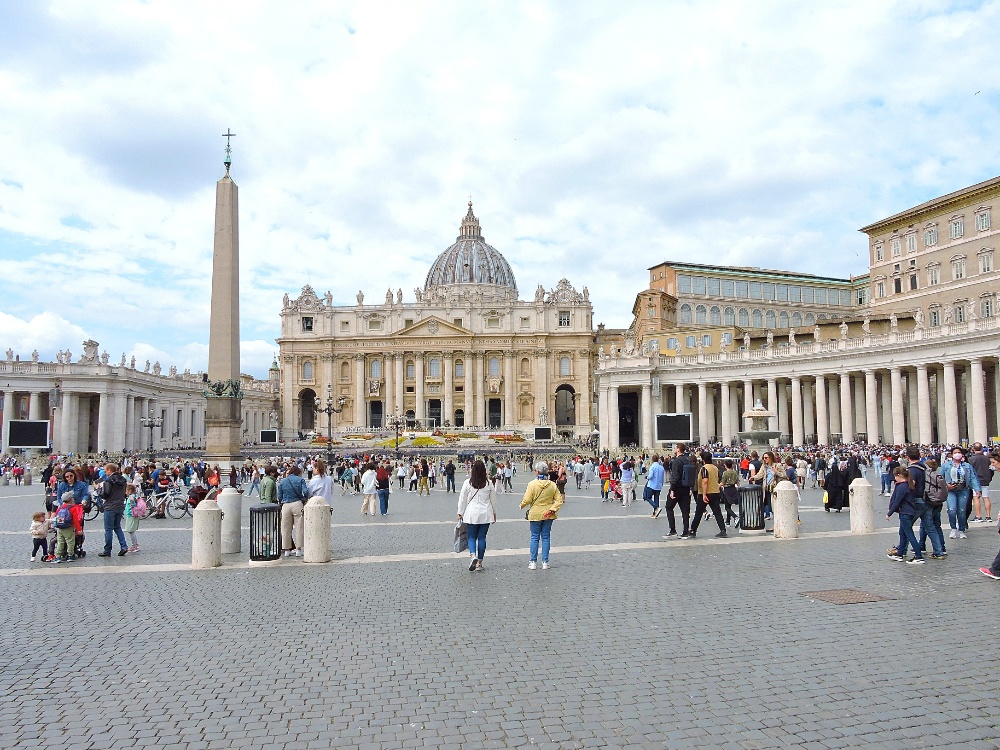
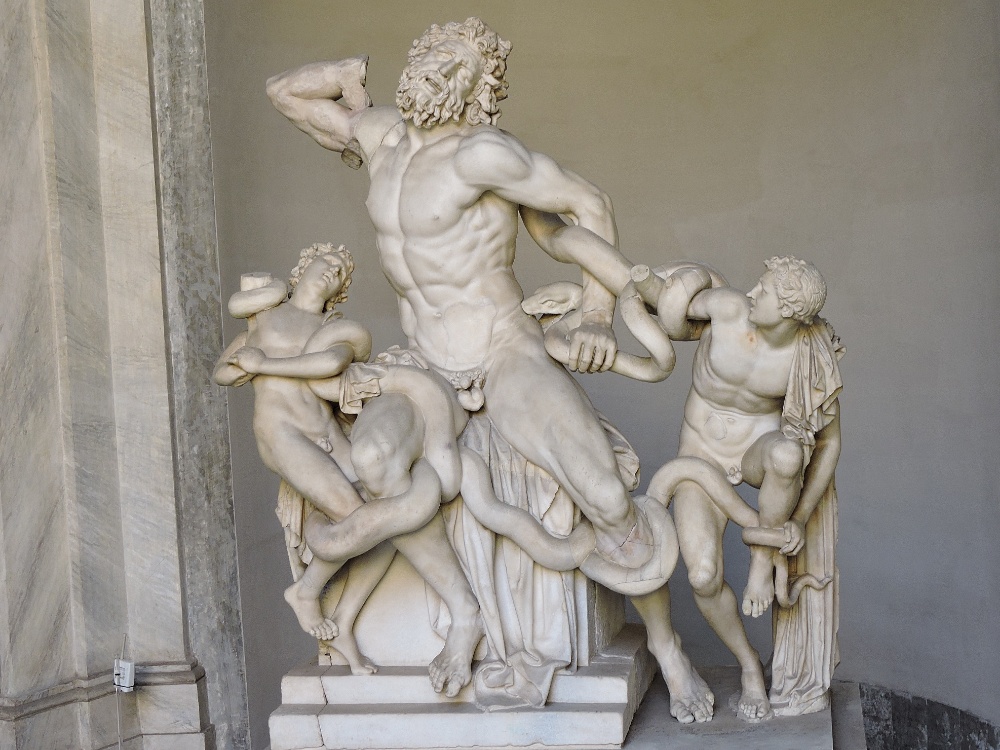
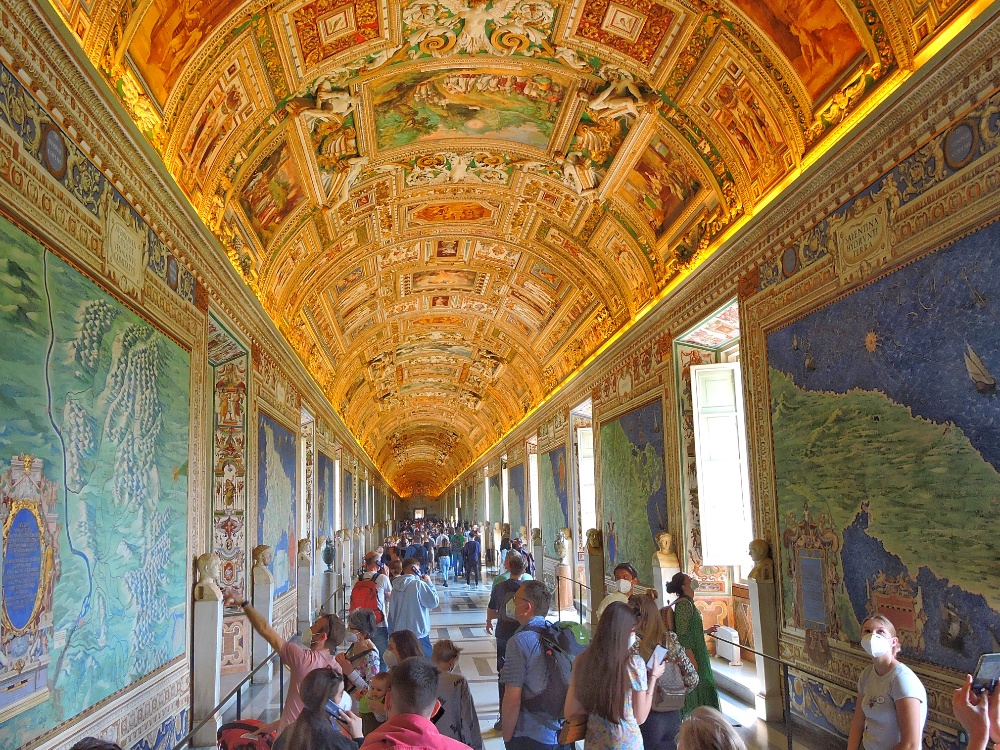
Florence. Probably the location on the planet containing the largest number of great works of art per square kilometer, Florence is an especially enjoyable and generally easy place to visit. The major issue is trying to fit in all of the things one might wish to see into a fairly short stay. Two days aren't quite enough.
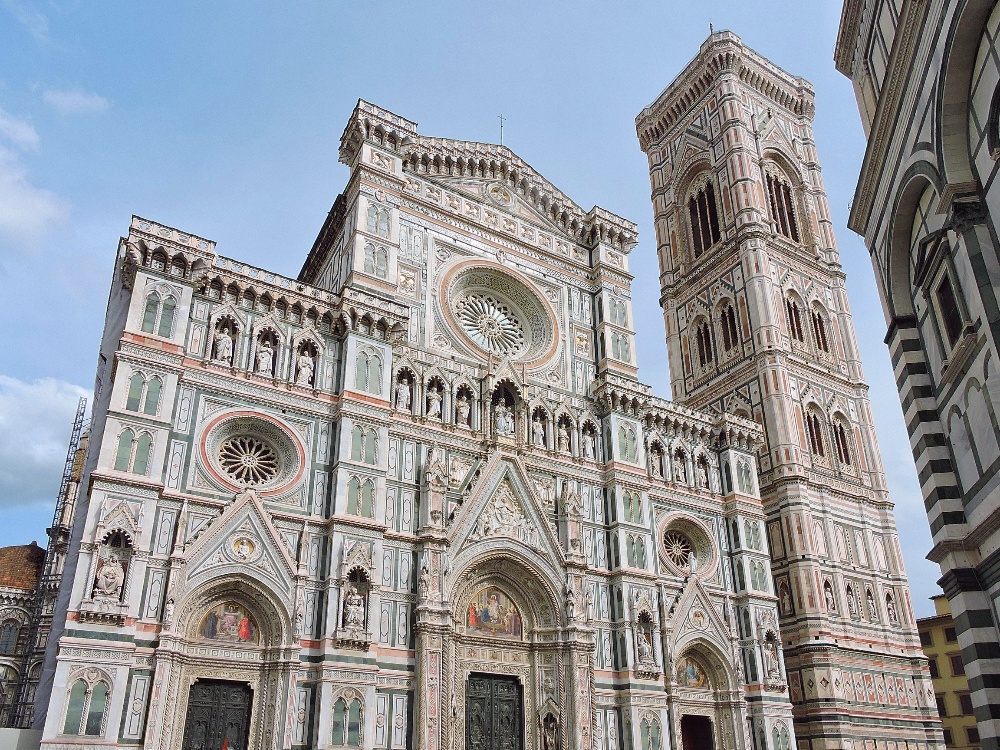
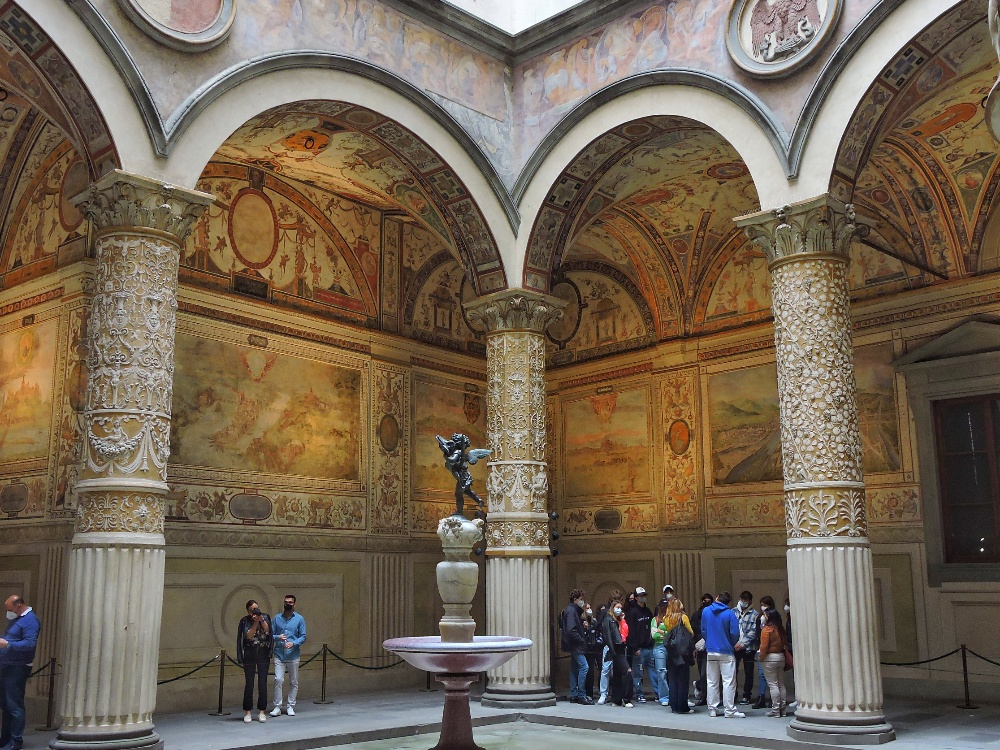
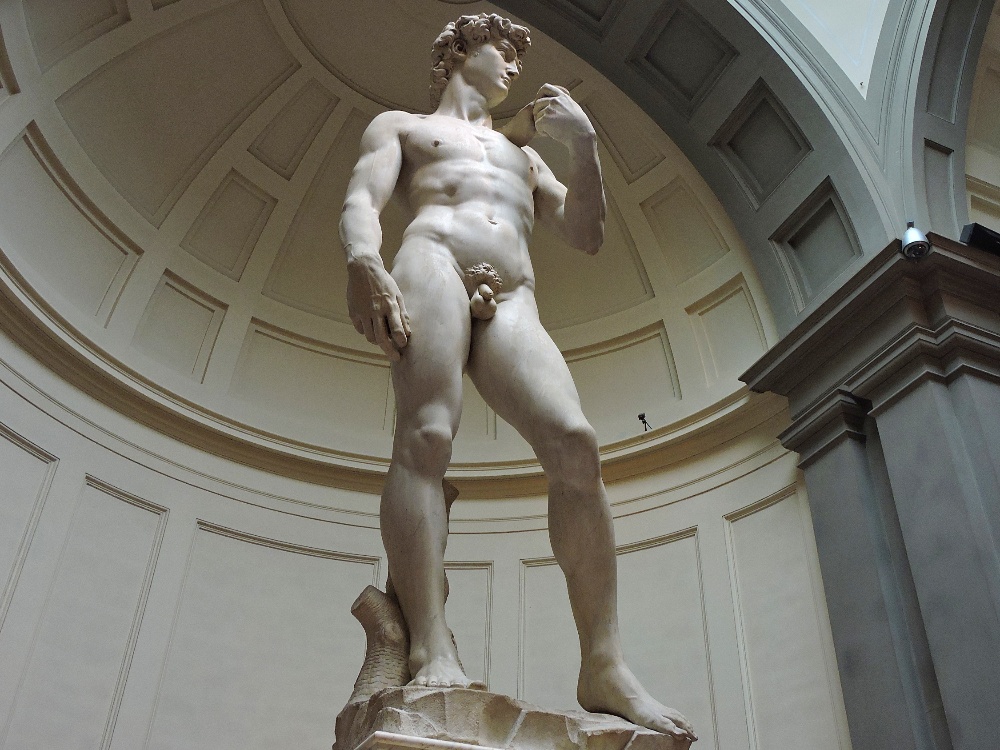
Medici Villas and Gardens. From the fifteenth through the seventeenth century, the powerful Medici family built numerous Villas in the Tuscany countryside surrounding Florence. Today, twelve villas and two formal gardens have been included in this Site. I only visited the Boboli Gardens, which is within walking distance from the Florence city center. It appears as part well-ordered forest and part Sculpture Garden, and was a pleasant way to spend a couple of hours one morning.
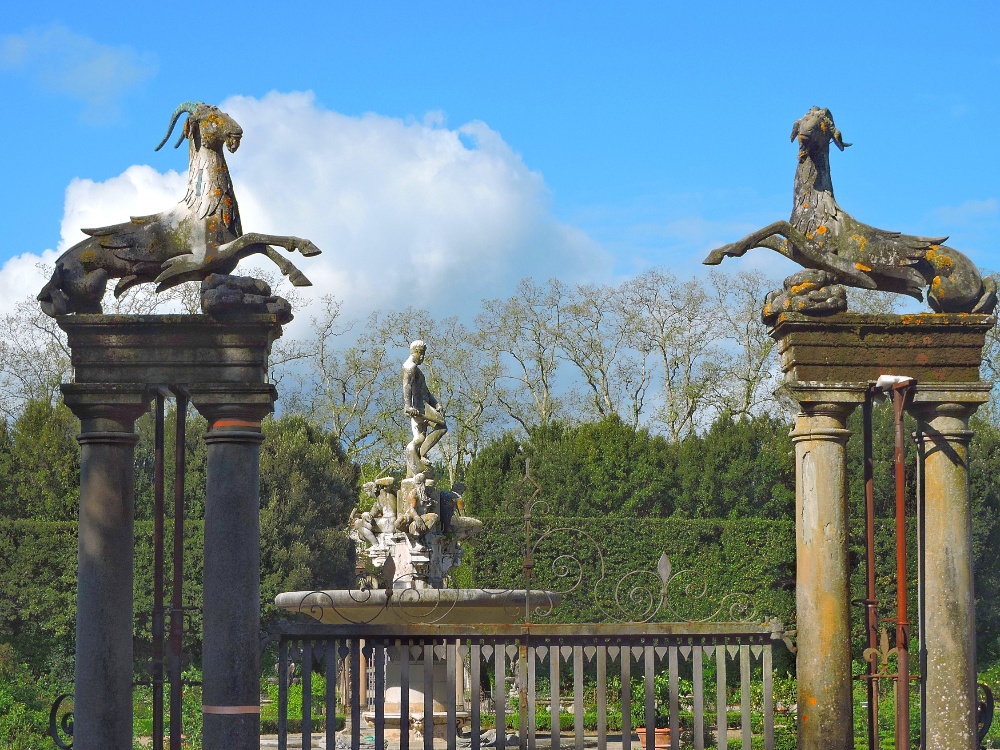
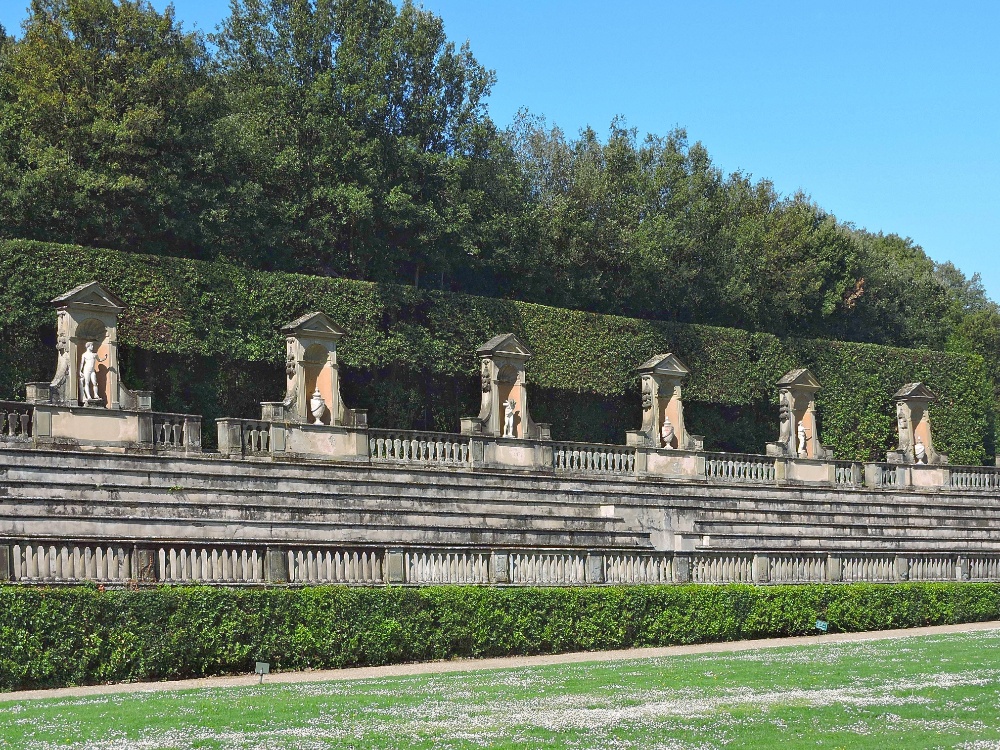
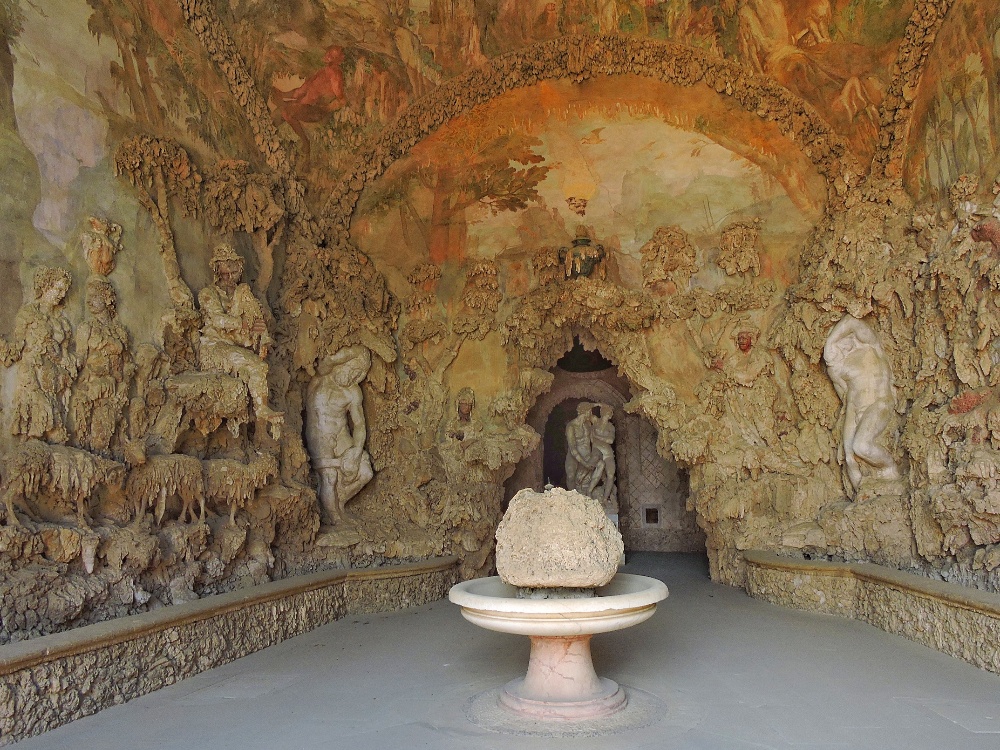
Siena. The medieval town of Siena had long been a rival to its larger neighbor, Florence. Today, its historic center is significantly more intimate, but still possess many interesting sights. I visited on an enjoyable day trip, and though it was a little chilly and I didn’t really have enough time to enter the major buildings, I found the town to be very pleasant.
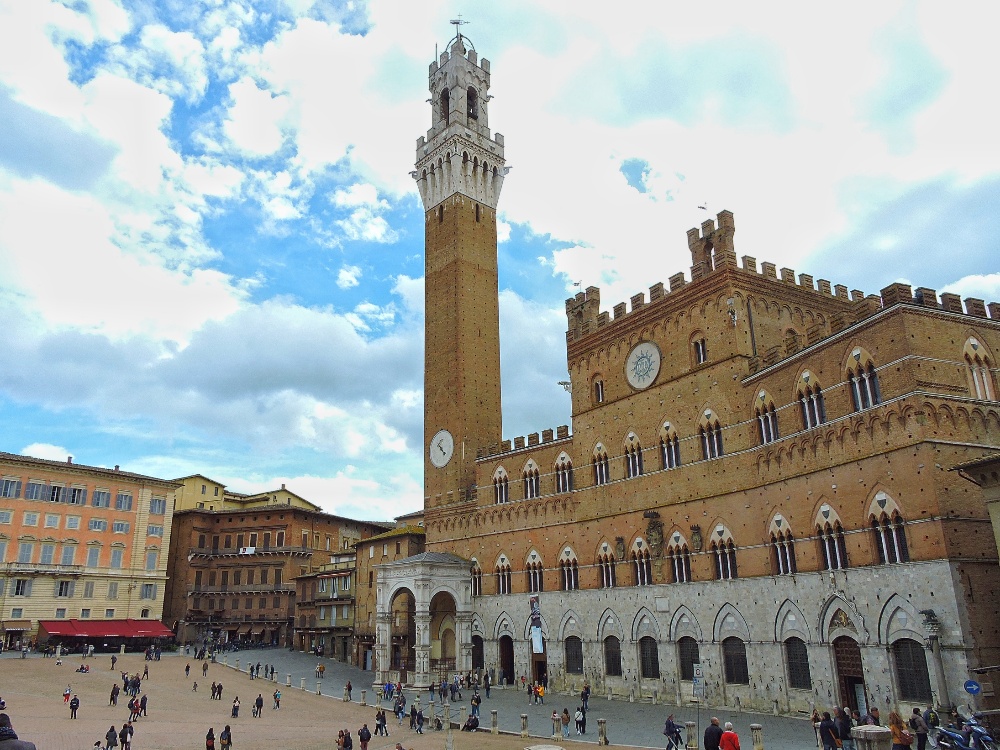
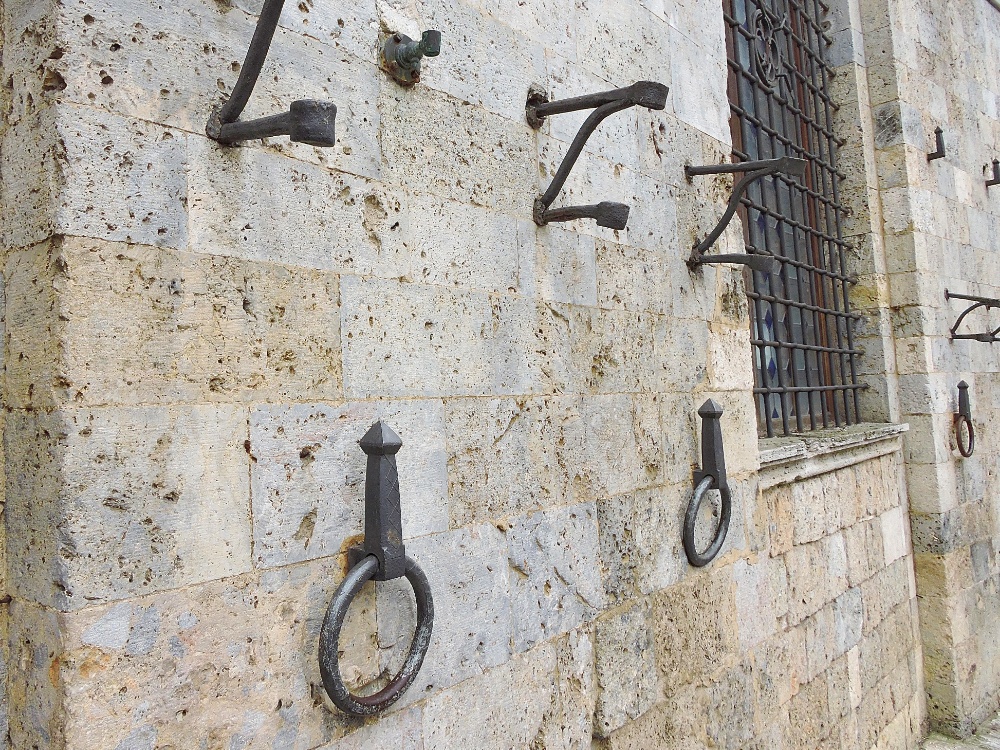
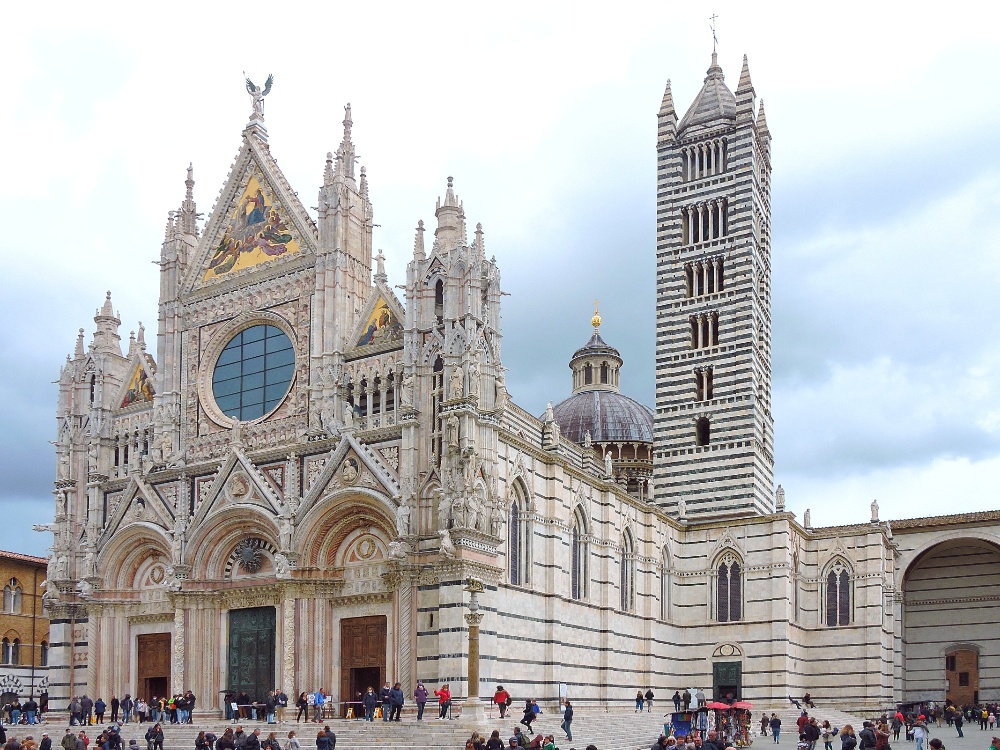
Padova’s Fourteenth-Century Frescoes. The major highlight of this Site is the Arena Chapel in Padova, built by the Scrovegni family. In 1304, the master painter Giotto decorated the entire surface of its interior with a series of painted panels that lay out the entire story of the Christian mythology. This represented the first departure from the longstanding Gothic style of art, towards the more realistic interpretations of the Renaissance, though these were created almost two hundred years before those techniques took hold elsewhere. Notable panels include what is thought to be the first kiss recorded in a European artwork, and the probable use of Comet Halley, which had appeared in 1301, to represent the Star of Bethlehem.
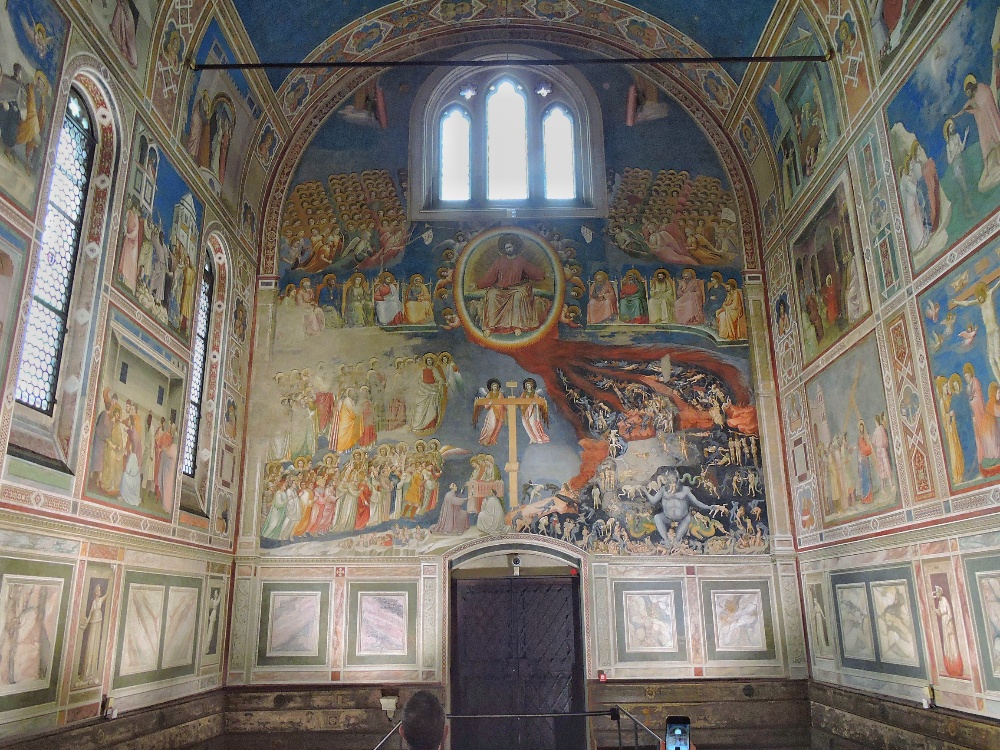
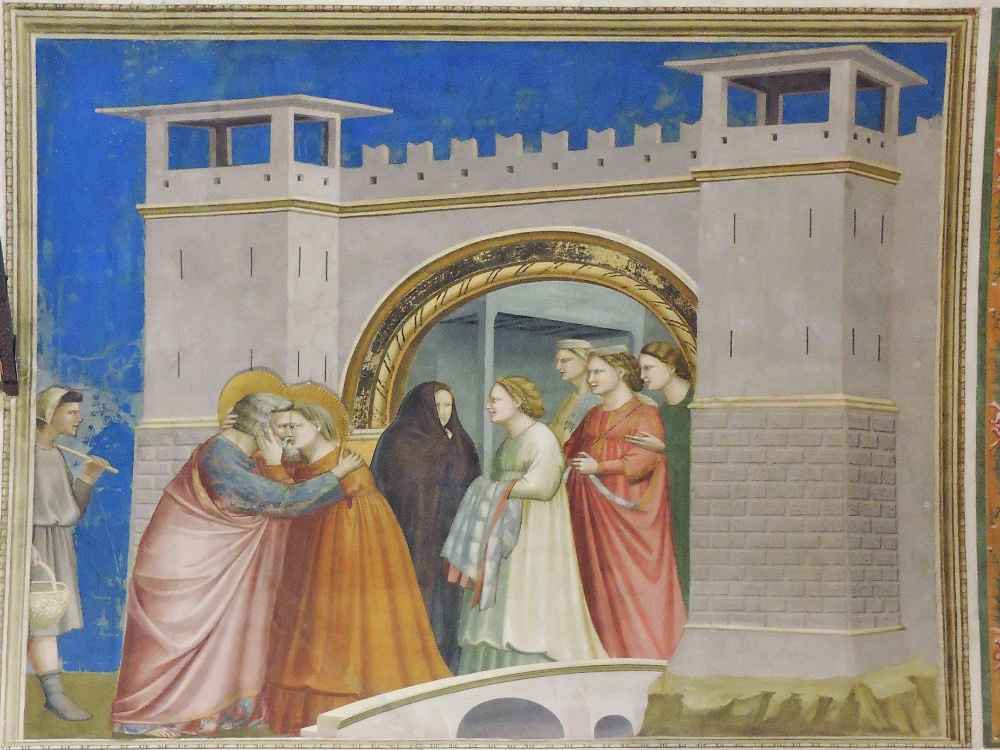
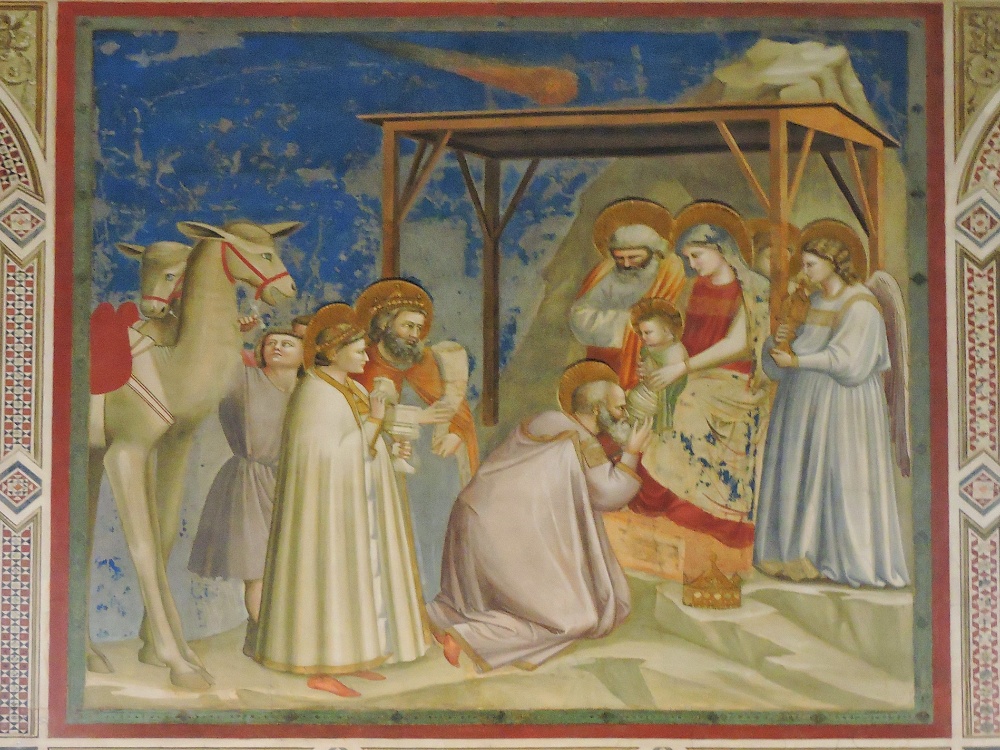
Botanical Gardens, Padova. Founded in 1545, L’Orto Botanico di Padova is the oldest continuously-operating Botanical Garden in the World. Of course, most of the current plantings are somewhat younger. The oldest plant from beyond the Mediterranean region is currently a Himalayan Cedar, from 1828, while the oldest, overall, is the Goethe Palm, over 430 years old, which inspired the poet Goethe to write Essay on the Metamorphosis of Plants.
Though this is a rather small Site, I was feeling rather run down by the time I reached Padova and found my visit to be quite rejuvenating.
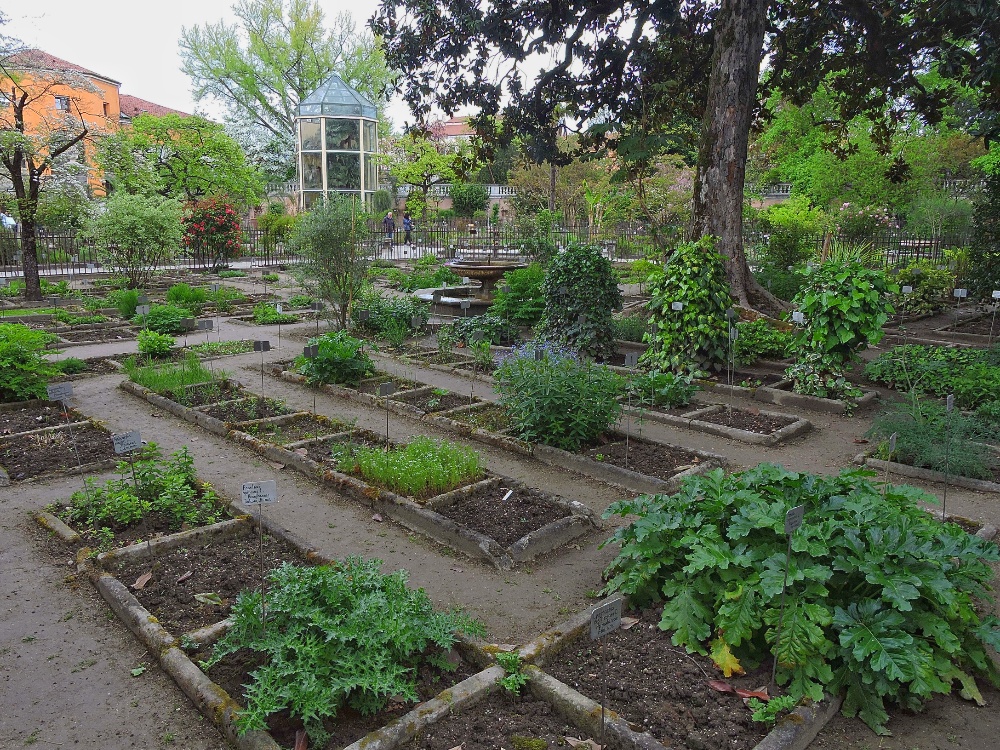
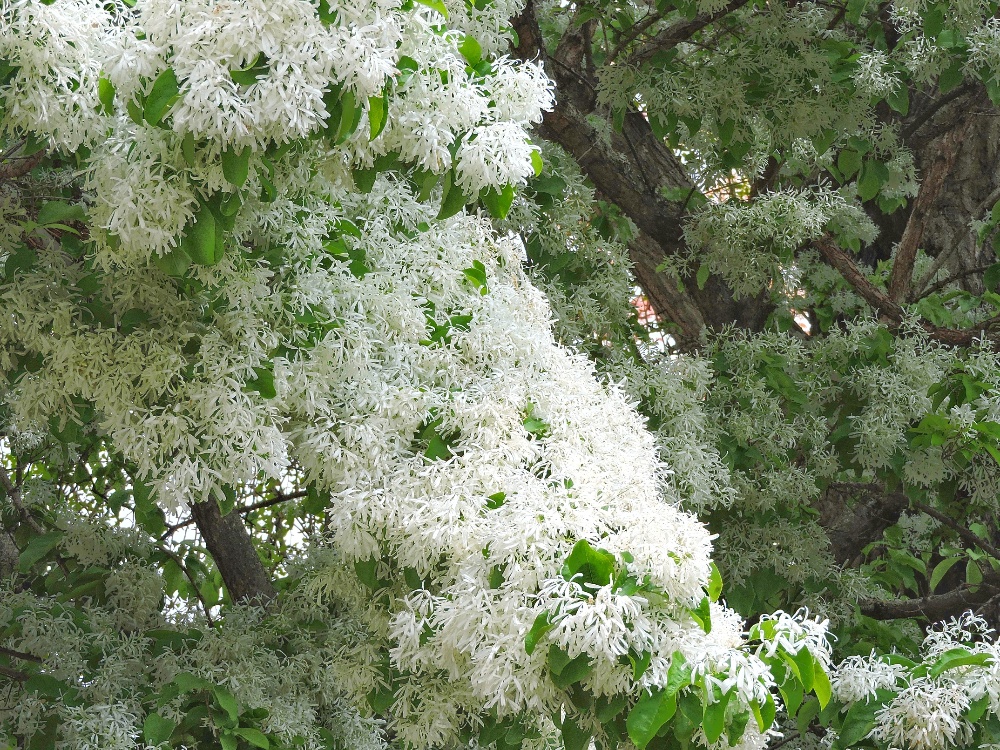
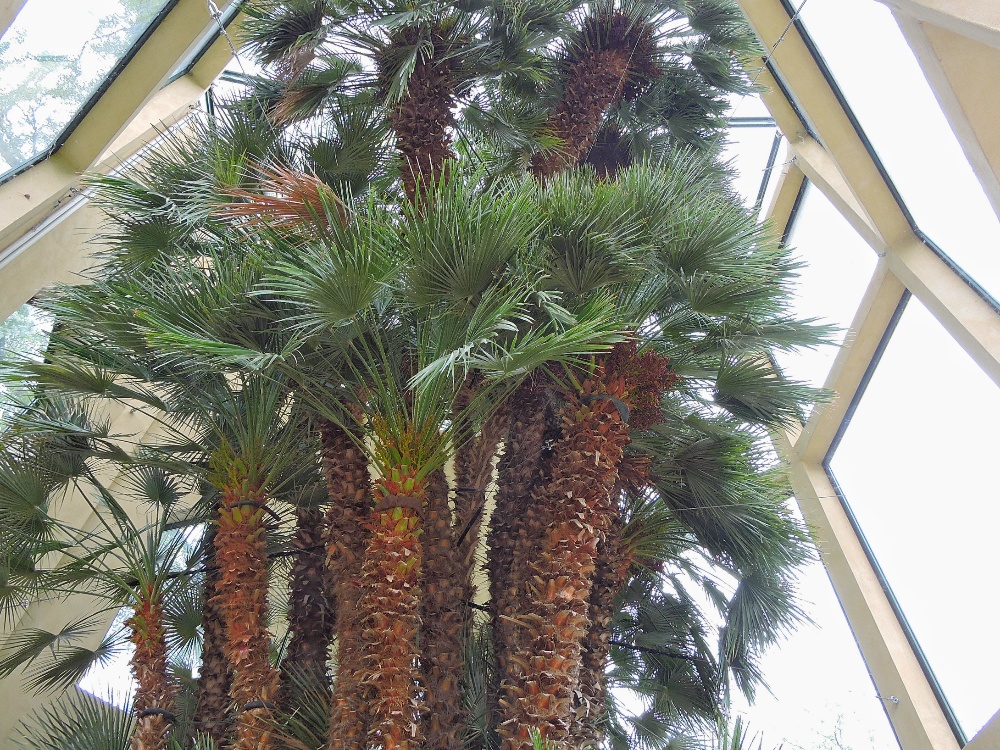
Venice and Its Lagoon. Of all the Sites I had originally planned to visit in Europe, this was the one I wanted to see the most. After all, Venice is the World’s best car-free city, so who wouldn’t want to go there. Sure, you can’t really do any bicycling there, either, but fact that can be easily overlooked, considering the great density of amazing things to see in that waterlogged city. Being the final World Heritage Site of the World2 Tour, I spent three full days there, which was almost enough time. As the former home base of many historic navigators and wanderers, I must say that I felt like I was definitely in my element.
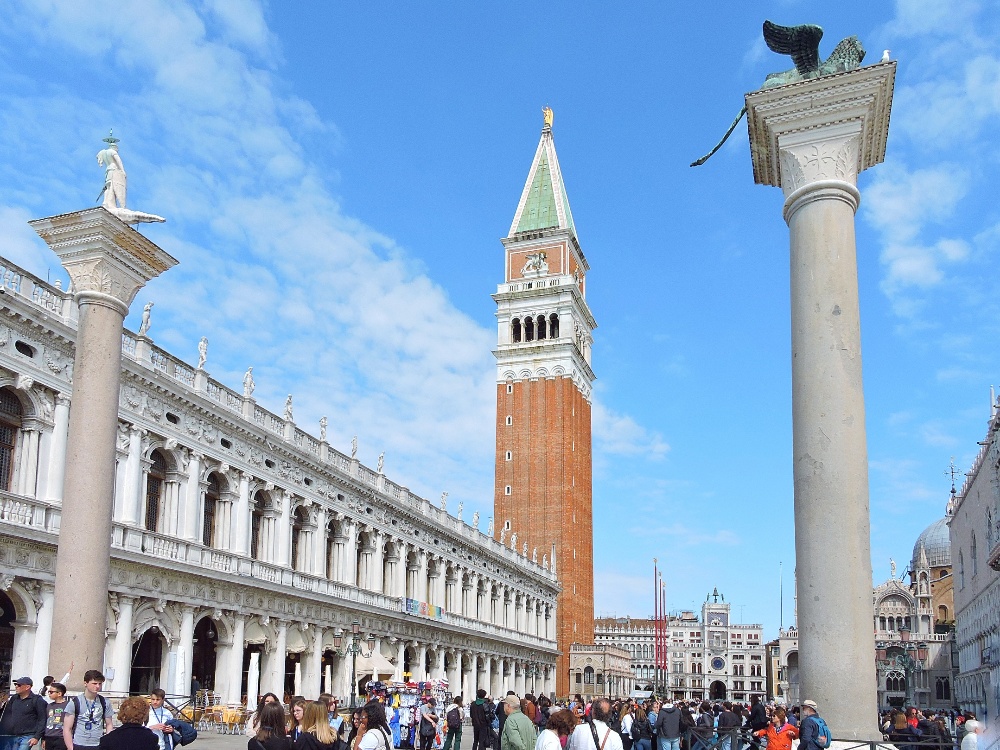
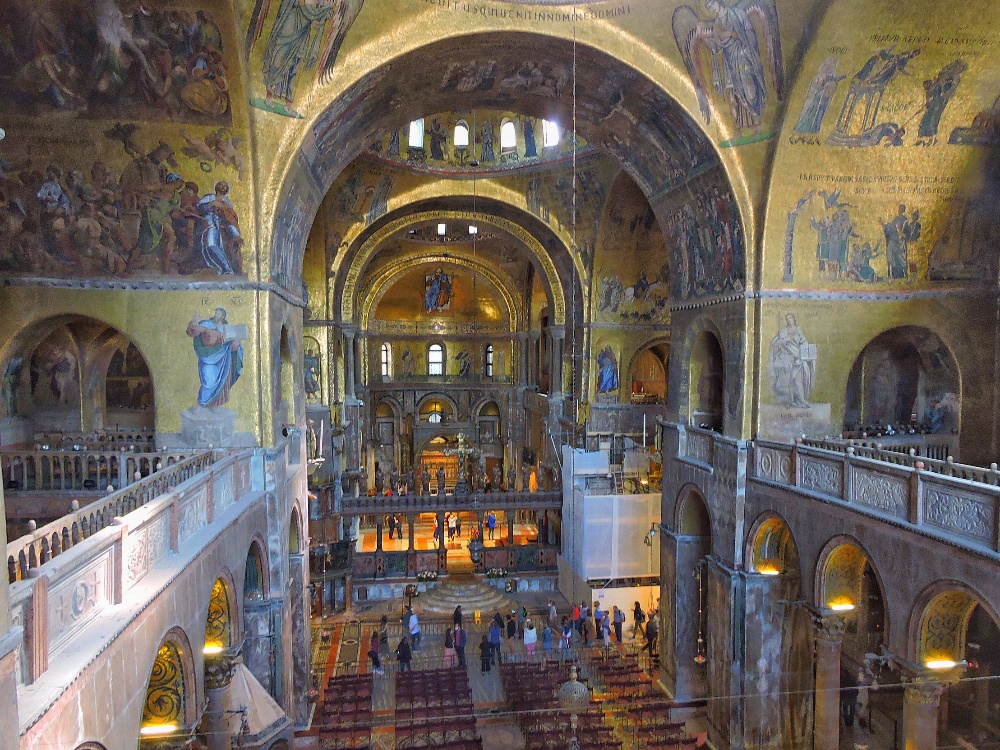
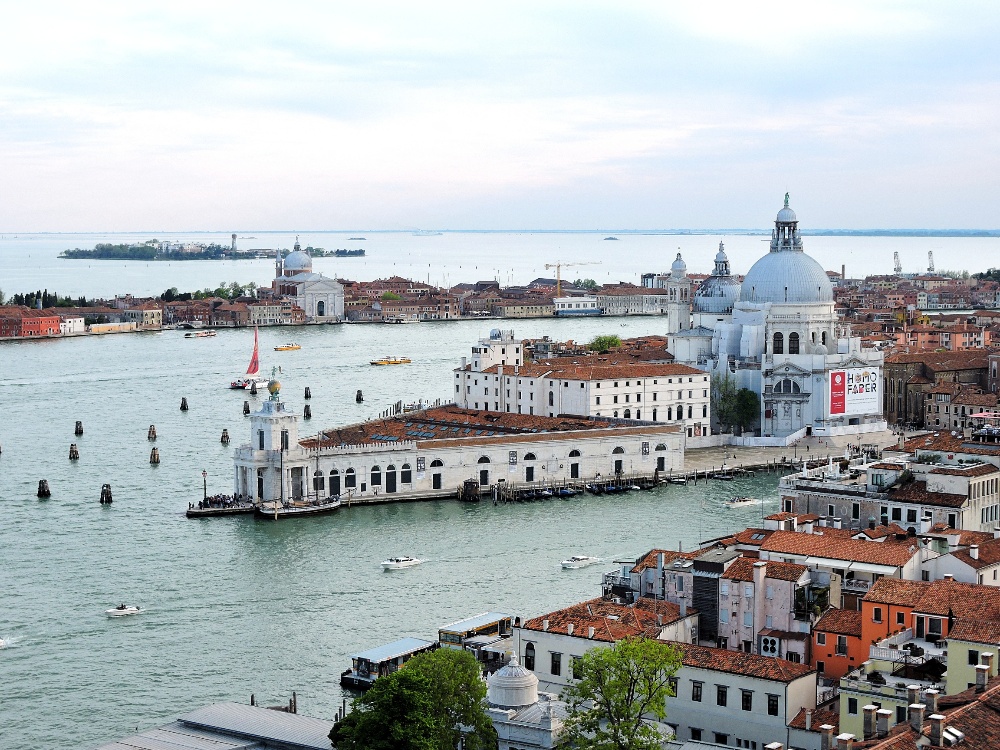
While this final set of Sites during the Coda were sometimes crowded, and usually expensive, they were all fascinating and definitely worth the extra effort. Also of relevance is that the total of nineteen Site visits I made during the two months of the Coda section did a lot to bring my overall total for the Tour up towards a more satisfying level, a situation I will soon summarize in the following Roundup post.
Slava Ukraini!!